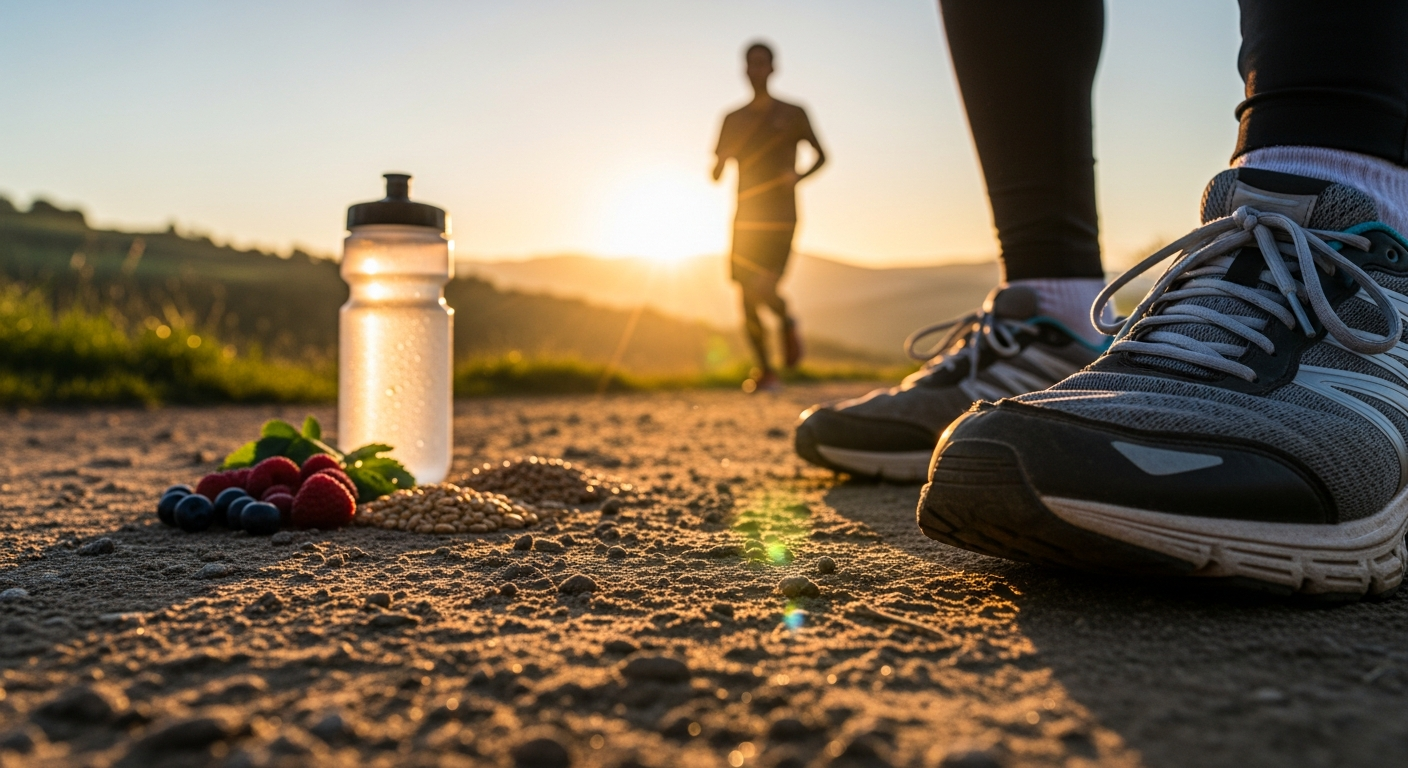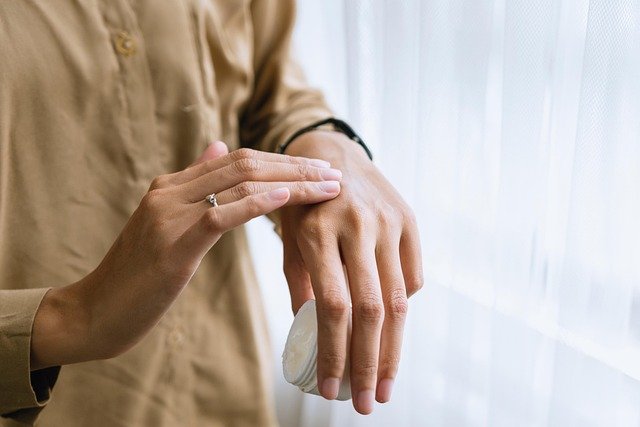Hydration strategies aligned with activity for skin resilience
Practical hydration habits tailored to daily movement, workouts, travel, and sleep can strengthen skin resilience by improving elasticity, barrier repair, and recovery. This overview explains timing of fluids, electrolyte choices, and nutrition pairings to fit mobility, strength, endurance, posture, and routine.

Maintaining skin resilience requires more than topical care; it depends on how you hydrate in relation to daily activities. Hydration affects skin elasticity, barrier function, and recovery after stressors like exercise, travel, or disrupted sleep. Aligning water intake, electrolyte balance, and supportive nutrition with periods of movement, strength training, endurance work, and rest can reduce dryness, redness, and tightness. Small adjustments to routine and posture during activities and structured recovery plans can make hydration more effective for long-term skin health without overcomplicating daily life.
How does hydration support skincare and recovery?
Hydration works alongside skincare to preserve the skin’s barrier and support recovery after exertion or environmental exposure. Adequate water intake helps maintain turgor and supports delivery of nutrients; pairing fluids with skin-protective nutrition—healthy fats, antioxidants, and proteins—supports repair. After sweating, replenish both fluids and minerals to avoid temporary dehydration that can accentuate fine lines or flakiness. Incorporate gentle cleansers and moisturizers in a routine that complements internal hydration: avoid overstripping products immediately after exercise and apply barrier-supporting moisturizers while skin is still slightly damp.
What role does hydration play with movement and mobility?
During movement-focused sessions that prioritize mobility, hydration supports joint lubrication and tissue pliability, indirectly benefiting skin by reducing mechanical friction and irritation. Sipping water before and during mobility drills helps maintain circulation, which supports nutrient delivery to skin cells. If sessions are short and low intensity, small, frequent sips suffice; for longer mobility work, pair water with light electrolytes to replace sodium lost through sweat. Maintaining good posture while moving reduces unnecessary skin friction and helps keep blood flow efficient for nutrient distribution.
How to align hydration with strength and endurance workouts?
Strength sessions and endurance workouts place different demands on hydration strategy. For strength training, prioritize pre-workout hydration to maintain power and post-workout fluids to support recovery; include protein and antioxidant-rich nutrition to repair tissue and support the skin’s extracellular matrix. For endurance exercise, focus on sustained fluid intake and electrolyte balance to prevent prolonged dehydration that can stress skin and delay recovery. Consider flavored electrolyte solutions or small sodium-containing snacks for longer sessions, and schedule hydration breaks into your routine to avoid large, infrequent intakes that can cause gastric discomfort.
Hydration effects on flexibility, posture, and routine
Flexibility benefits from adequately hydrated connective tissue; dehydration can make muscles and fascia feel tighter and more prone to strain. Maintaining hydration throughout the day—rather than only around workouts—supports consistent mobility gains. Good posture during daily activities reduces unnecessary compression of skin and underlying tissues, improving circulation and nutrient access. Make hydration part of a habitual routine: set fluid reminders, keep a bottle visible at work or while traveling, and sip steadily to support both mobility efforts and skin resilience.
Nutrition, sleep, travel: timing fluids for skin resilience
Nutrition and hydration interact closely: electrolytes, essential fatty acids, and protein all influence skin integrity alongside water. Time meals and fluids so digestion and sleep are not disrupted—avoid heavy fluid loads immediately before bed to protect sleep quality. When traveling, adjust hydration strategies for time zone changes, cabin air dryness, and altered activity levels; prioritize smaller, regular sips and electrolyte-containing drinks during long flights. Proper sleep, supported by stable hydration, is essential for overnight skin repair processes and recovery from daily movement and endurance challenges.
Selfcare strategies for long-term skin hydration
Selfcare for skin resilience combines hydration, targeted nutrition, consistent routine, and recovery plans. After intense work or travel, prioritize gentle recovery: cool-down movements, posture resets, a balanced snack with protein and healthy fats, and measured fluid replenishment. Integrate short mobility sessions, strength work, and flexibility practice across the week to support circulation and tissue health. Monitor how your skin responds to different hydration patterns and adjust timing around workouts, sleep, and travel to find a sustainable routine that preserves skin moisture and barrier function.
This article is for informational purposes only and should not be considered medical advice. Please consult a qualified healthcare professional for personalized guidance and treatment.
In summary, aligning hydration with the type and timing of activity—from mobility drills and strength sessions to longer endurance efforts and travel—helps support skin resilience. Combine steady fluid habits with nutrition that supports repair, a consistent routine that includes posture and recovery, and attention to sleep to create a practical, science-informed approach to long-term skin health.





